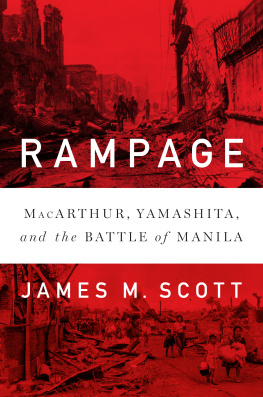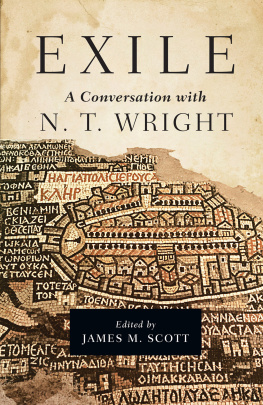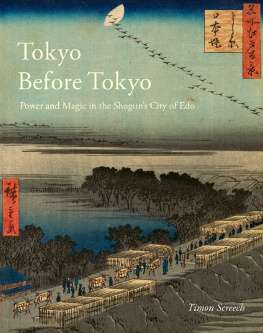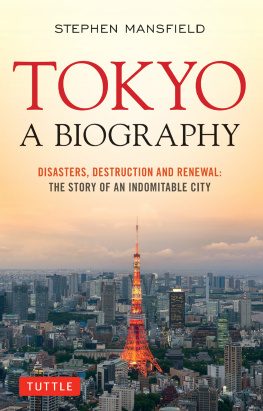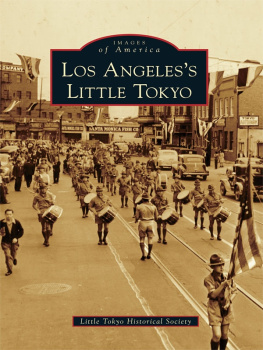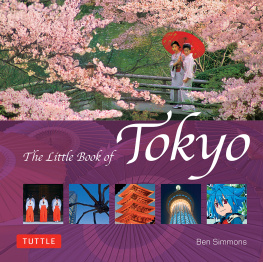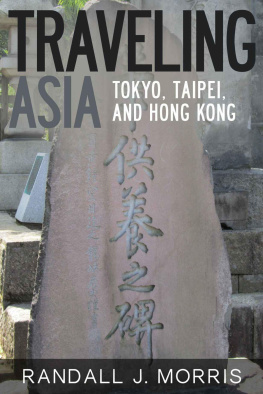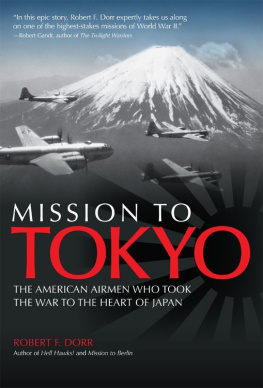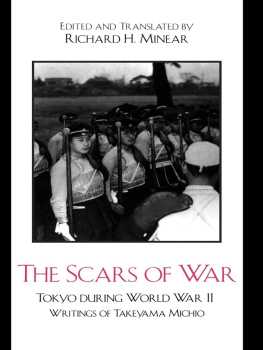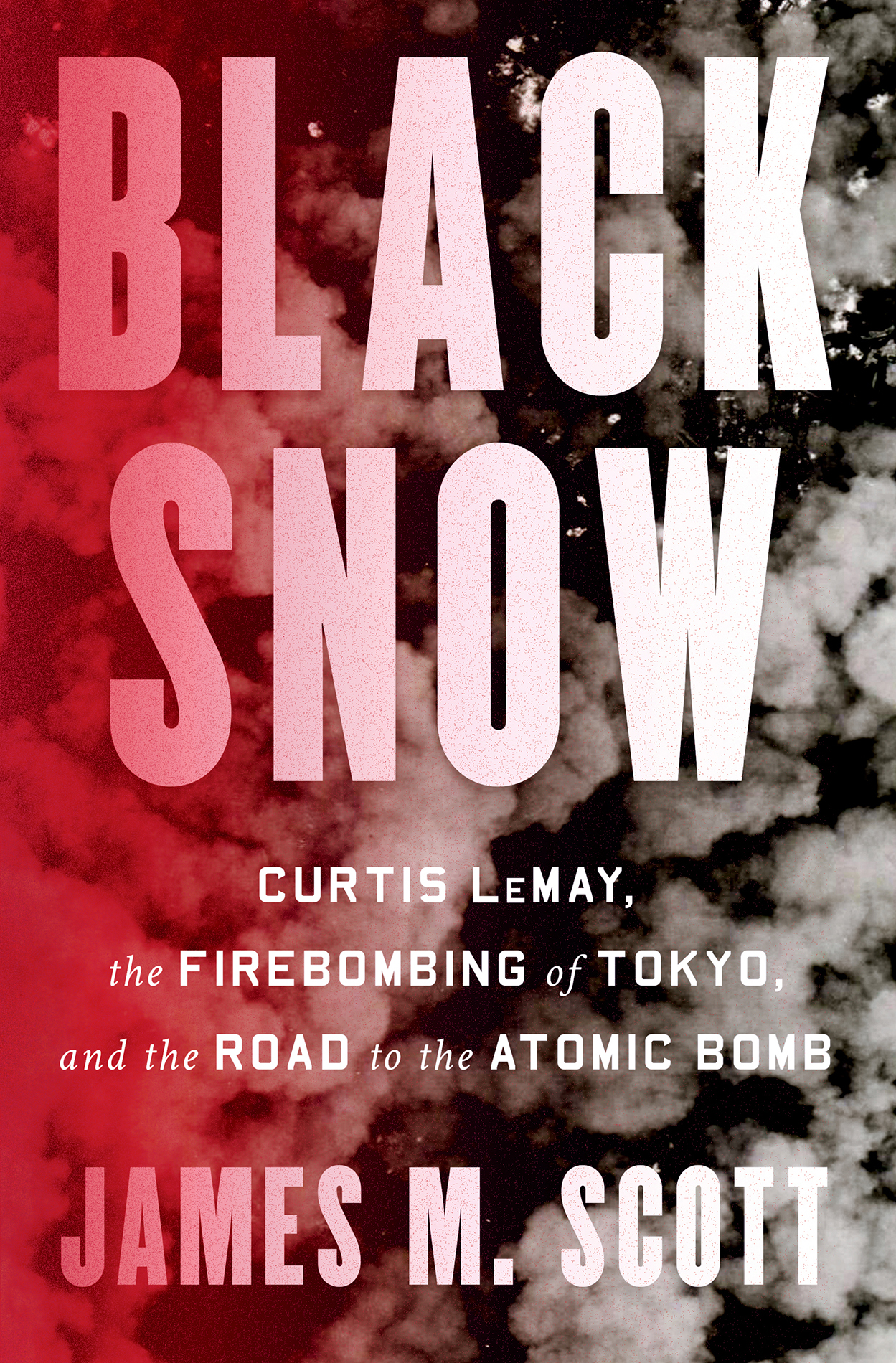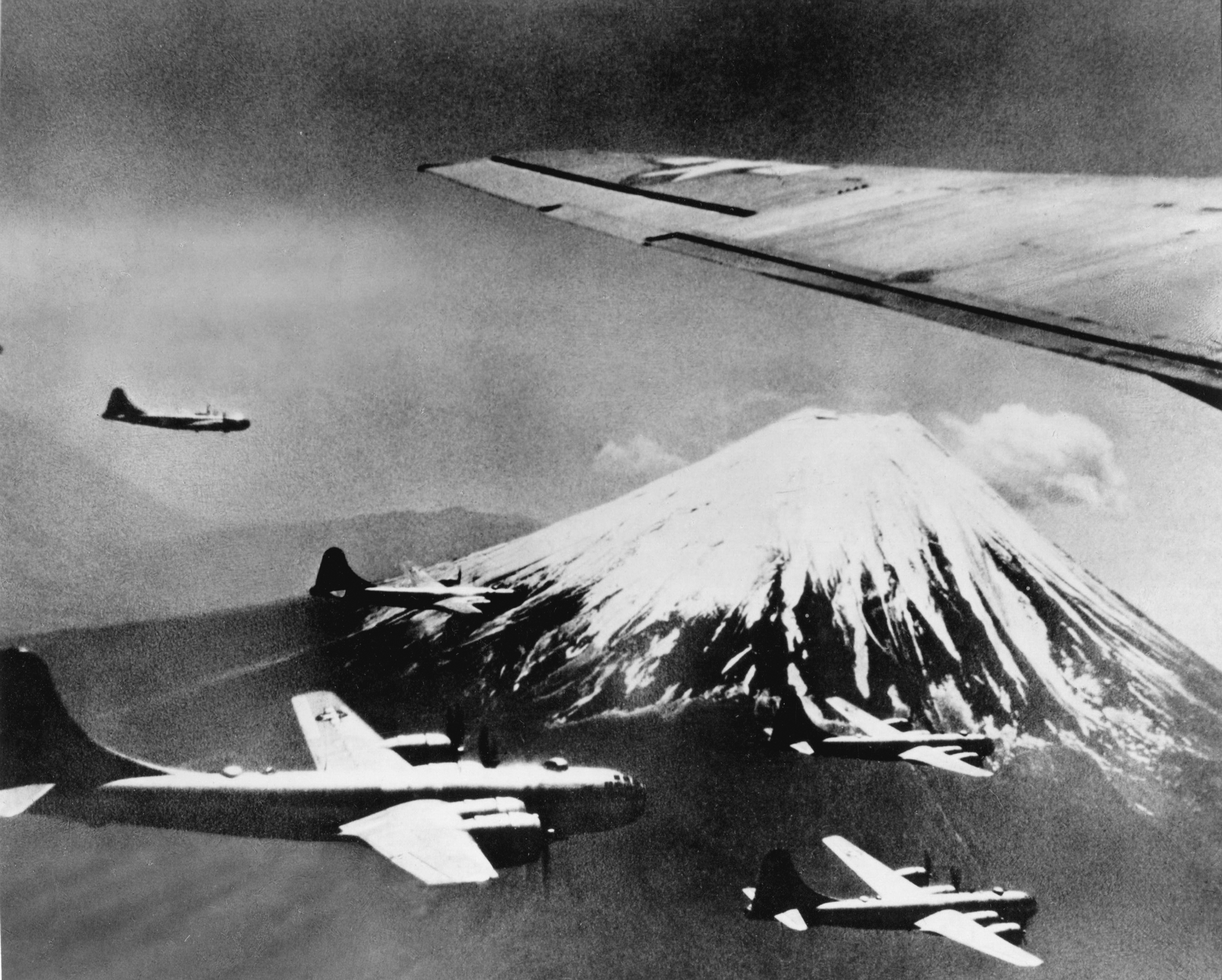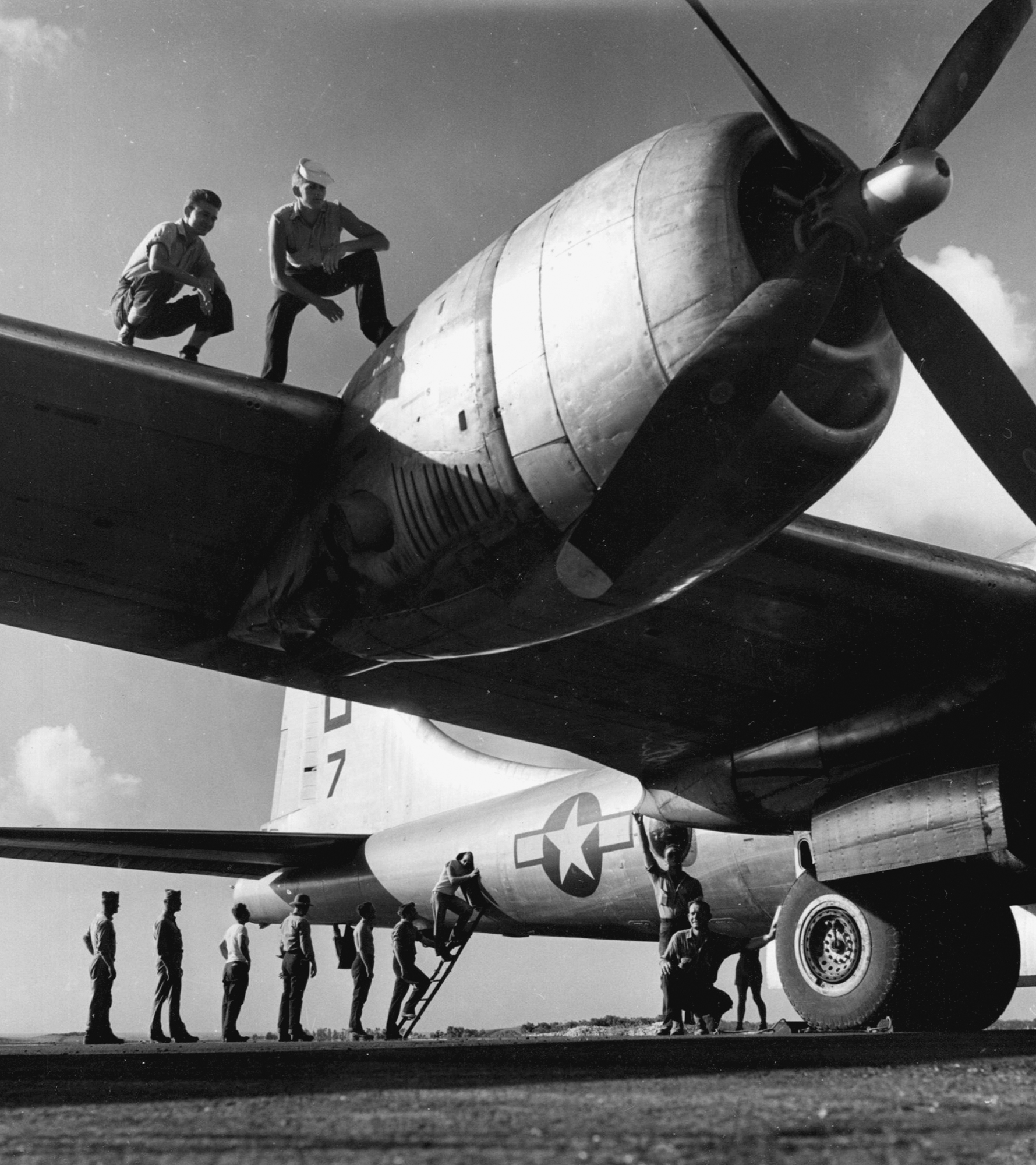James M. Scott - Black Snow: Curtis LeMay, the Firebombing of Tokyo, and the Road to the Atomic Bomb
Here you can read online James M. Scott - Black Snow: Curtis LeMay, the Firebombing of Tokyo, and the Road to the Atomic Bomb full text of the book (entire story) in english for free. Download pdf and epub, get meaning, cover and reviews about this ebook. City: New York, year: 2022, publisher: W. W. Norton & Company, genre: History. Description of the work, (preface) as well as reviews are available. Best literature library LitArk.com created for fans of good reading and offers a wide selection of genres:
Romance novel
Science fiction
Adventure
Detective
Science
History
Home and family
Prose
Art
Politics
Computer
Non-fiction
Religion
Business
Children
Humor
Choose a favorite category and find really read worthwhile books. Enjoy immersion in the world of imagination, feel the emotions of the characters or learn something new for yourself, make an fascinating discovery.

- Book:Black Snow: Curtis LeMay, the Firebombing of Tokyo, and the Road to the Atomic Bomb
- Author:
- Publisher:W. W. Norton & Company
- Genre:
- Year:2022
- City:New York
- Rating:3 / 5
- Favourites:Add to favourites
- Your mark:
Black Snow: Curtis LeMay, the Firebombing of Tokyo, and the Road to the Atomic Bomb: summary, description and annotation
We offer to read an annotation, description, summary or preface (depends on what the author of the book "Black Snow: Curtis LeMay, the Firebombing of Tokyo, and the Road to the Atomic Bomb" wrote himself). If you haven't found the necessary information about the book — write in the comments, we will try to find it.
Black Snow brilliantly vivifies the horrific reality of the most destructive air attack in history, against Tokyo on the night of March 9-10, 1945. James Scott deftly employs sharply etched portraits of individuals of all stations and nationalities to survey the global, technological, and moral backdrop of the cataclysm, including the searing experiences of Japanese trapped in a gigantic firestorm. This riveting account illuminates an historical moment of profound contemporary relevance. Richard B. Frank, author of Tower of Skulls: A History of the Asia-Pacific War: July 1937May 1942
Seven minutes past midnight on March 10, 1945, nearly 300 American B-29s thundered into the skies over Tokyo. Their payloads of incendiaries ignited a firestorm that reached up to 2,800 degrees, liquefying asphalt and vaporizing thousands; sixteen square miles of the city were flattened and more than 100,000 men, women, and children were killed.
Black Snow is the story of this devastating operation, orchestrated by Major General Curtis LeMay, who famously remarked: If we lose the war, well be tried as war criminals. James M. Scott reconstructs in granular detail that horrific night, and describes the development of the B-29, the capture of the Marianas for use as airfields, and the change in strategy from high-altitude daylight precision bombing to low-altitude nighttime incendiary bombing. Most importantly, the raid represented a significant moral shift for America, marking the first time commanders deliberately targeted civilians which helped pave the way for the atomic bombing of Hiroshima and Nagasaki five months later.
Drawing on first-person interviews with American pilots and bombardiers and Japanese survivors, air force archives, and oral histories never before published in English, Scott delivers a harrowing and gripping account, and his most important and compelling work to date.
24 photographs and 3 mapsJames M. Scott: author's other books
Who wrote Black Snow: Curtis LeMay, the Firebombing of Tokyo, and the Road to the Atomic Bomb? Find out the surname, the name of the author of the book and a list of all author's works by series.

